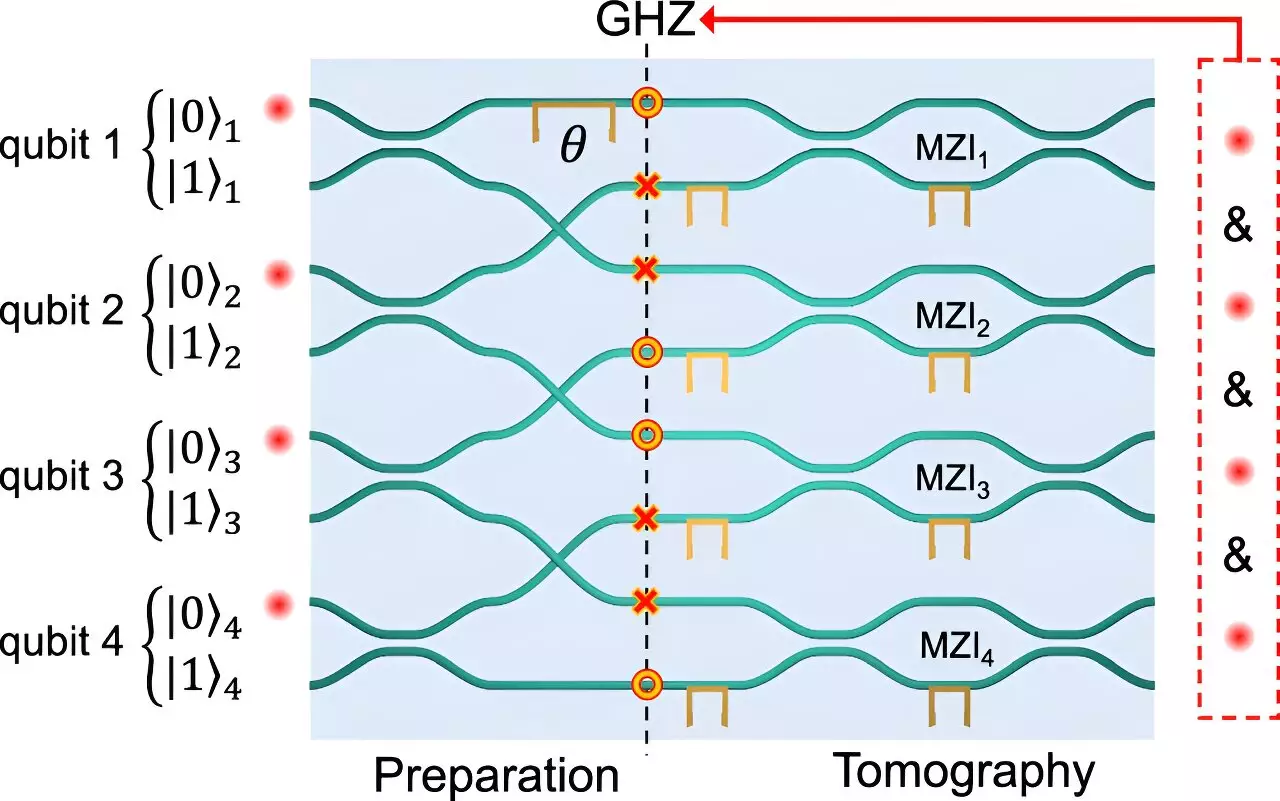Quantum encryption distinguishes itself from classical encryption through its foundation in the principles of quantum mechanics rather than mathematical algorithms. Where traditional encryption methods depend on the complexity and time-consuming calculations to safeguard data, quantum encryption utilizes the inherent properties of quantum states to ensure secure communication. A pivotal feature of quantum encryption is its ability to expose any attempts at eavesdropping. When a quantum state is measured, it inevitably disturbs that state, thus signaling to the legitimate parties that their communication has been compromised.
In stark contrast, classical encryption methods could take centuries, if not millennia, to crack utilizing current supercomputing technologies. However, the emergence of exceptionally powerful quantum computers threatens to shatter these norms, potentially deciphering classified codes in mere seconds. This stark difference underscores a pressing need to develop quantum security protocols that can withstand the capabilities of future quantum computing advancements.
Recent Advances in Quantum Technology
Research spearheaded by Paulo Henrique Dias Ferreira from the Federal University of São Carlos (UFSCar) in Brazil provides exciting insights into this frontier. While completing a postdoctoral internship at the Polytechnic University of Milan, Ferreira collaborated with a team led by Professor Roberto Osellame to innovate in the creation and analysis of entangled four-photon Greenberger-Horne-Zeilinger (GHZ) states using photonic chips. Their findings, published in the journal npj Quantum Information, signify a critical moment in pushing the boundaries of quantum technology to create compatible systems for secure communication.
Ferreira highlighted the significance of combining quantum dot technology with glass photonic circuits. This development marks a milestone not just in achieving device integration but also in enhancing the prospects for rapid and secure quantum communication. The research underscores the potential of harnessing quantum states for practical applications, contributing to the most pressing challenge in cybersecurity today.
At the root of this research lie GHZ states, a form of quantum entanglement involving at least three subsystems. Originally theorized in the late 1980s, GHZ states are pivotal in demonstrating the unusual properties of quantum mechanics. The production of these states in the recent study was enabled through sophisticated femtosecond laser machining, which allowed for the precise creation of three-dimensional (3D) waveguides within a glass substrate—the choice of material promoting easier prototyping and quicker production cycles.
The significance of crafting these waveguides is manifold; it allows fine-tuning of photons’ optical phases via thermal shifters. This reconfigurability is critical to optimizing the communication protocols to ensure they function as intended in various operational conditions.
Ferreira employs an engaging analogy to illustrate the mechanics of GHZ states. Picture four coins tossed randomly. In a classical scenario, each coin may independently show heads or tails. However, under a GHZ state framework, all four coins inherently coordinate: if one coin is observed as heads, the others must follow suit. This continuity is emblematic of quantum entanglement, where measurement of one particle provides immediate knowledge of the states of others, regardless of spatial separation.
This principle serves as the backbone for implementing quantum secret-sharing systems, offering a secure method for distributing information. Critical to this system’s functionality is its ability to detect interference; should an unauthorized party attempt to measure the quantum state of any particle to glean information, the quantum correlation will become disturbed, alerting the legitimate users to a breach.
The Future of Quantum Security
In an age where digital security is paramount, the implications of utilizing GHZ states in commercial applications are profound. This revolutionary technology promises not just to fortify communication security but also to enhance intrusion detection in a world teeming with data vulnerabilities. Ferreira posits that quantum systems based on GHZ states are resilient to even the most formidable quantum attacks simply because any interference will directly affect the quantum states, revealing unauthorized access.
The strides made in generating high-fidelity entangled GHZ states within a photonic chip lay down a pathway for mass-producing quantum devices capable of integrating seamlessly into existing communication infrastructures. With ongoing advancements in this field, the prospect of entering a new era marked by unparalleled security and efficiency in data transmission becomes more tangible. Quantum encryption is not just an emerging technology; it symbolizes a critical shift towards smarter, safer communication channels that are essential in an increasingly interconnected society.
As researchers continue to harness the principles of quantum mechanics for real-world applications, the future appears promising, radicalizing the landscape of cybersecurity and fundamentally altering how information is protected in our digital world.


Leave a Reply